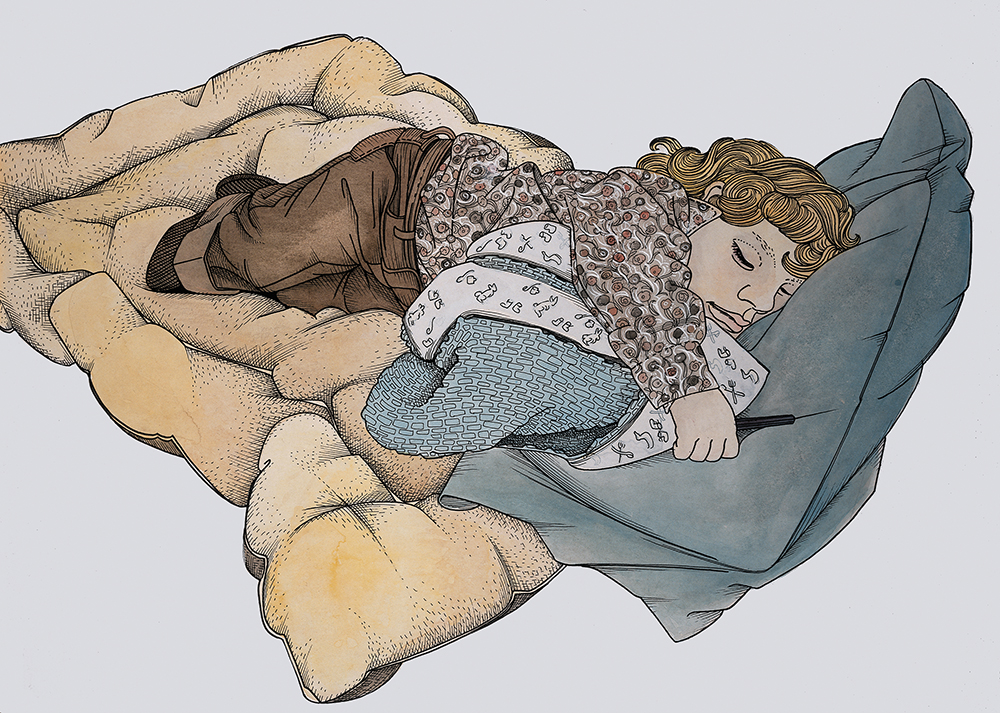
ALASDAIR GRAY, SMALL BOY SLEEPING (STUART MACLEAN), 1970, INK DRAWING WITH WATERCOLOR AND ACRYLIC ON BOARD.
Drawing and Imagining
With every one of our Writers at Work interviews, we include a manuscript page, giving a glimpse into writers’ approaches to editing and revision. On the page that accompanies Alasdair Gray’s interview in our Winter 2016 issue, there are two drawings: a hooded man in profile, and a den of snakes rising happily out of a pyramid. The man’s face has been expertly hatched, and the snakes seem to have been doodled by a cheerful hand. They complement Gray’s dense, looping handwriting on, in this case, a draft of Lanark: A Life in Four Books—a monumental, six-hundred-page work published in 1981, and the first of Gray’s landmark novels of Scottish contemporary experience.
As that manuscript page suggests, Gray’s work as an artist is integrated into his writing. After graduating from the Glasgow School of Art in 1957, he worked as a painter and muralist for nearly twenty-five years before publishing Lanark. When he signed on with his longtime publisher, Canongate, they gave him a remarkable degree of creative control over his books. Illustrations, cover design, frontispieces—they’re all designed by Gray.
If the manuscript hints at how deeply his art and writing are intertwined, the sketches—the fairly realist face and the near-fantastical serpents—hint at the two worlds he tends to inhabit. Lanark, famously, is made up of both a realist book and an allegory. The realist sections are given to a man named Duncan Thaw in a recognizable Glasgow, and the others to Lanark in Unthank—a city of fables and farce and moral tales. His paintings also carry multiple perspectives, as in one my favorites, The City, which he made when he was fifteen. Writing about The City for the Guardian, Gray said that it
crowded together parts of Glasgow that excited me. The twin-towered building was from the theological college on Park Circus, now converted to luxury flats. The synagogue beside it was from Hill Street. The tenements, church, school, railway line, public library were from anywhere, the factory with smoke stacks was reminiscent of Blochairn iron foundry nearer my home. In those days the west of Scotland’s coal-burning industry had many factories, big and small, each with its smoke stack producing in mild weather an overcast grey sky of mist and soot through which the sun before noon often appeared a glowing red disk, bright but not dazzling.
When his interviewer, Valerie Stivers visited Gray, now eighty-two, at his home, an assistant was working on a large painting in the front room. Of art and writing, Gray says, “Both come naturally to me. I found, when drawing and imagining things in words, that each was a complement to the other.” Below, a selection of his paintings, illustrations, and murals.
Caitlin Love is an associate editor of The Paris Review.
THE PARIS REVIEW
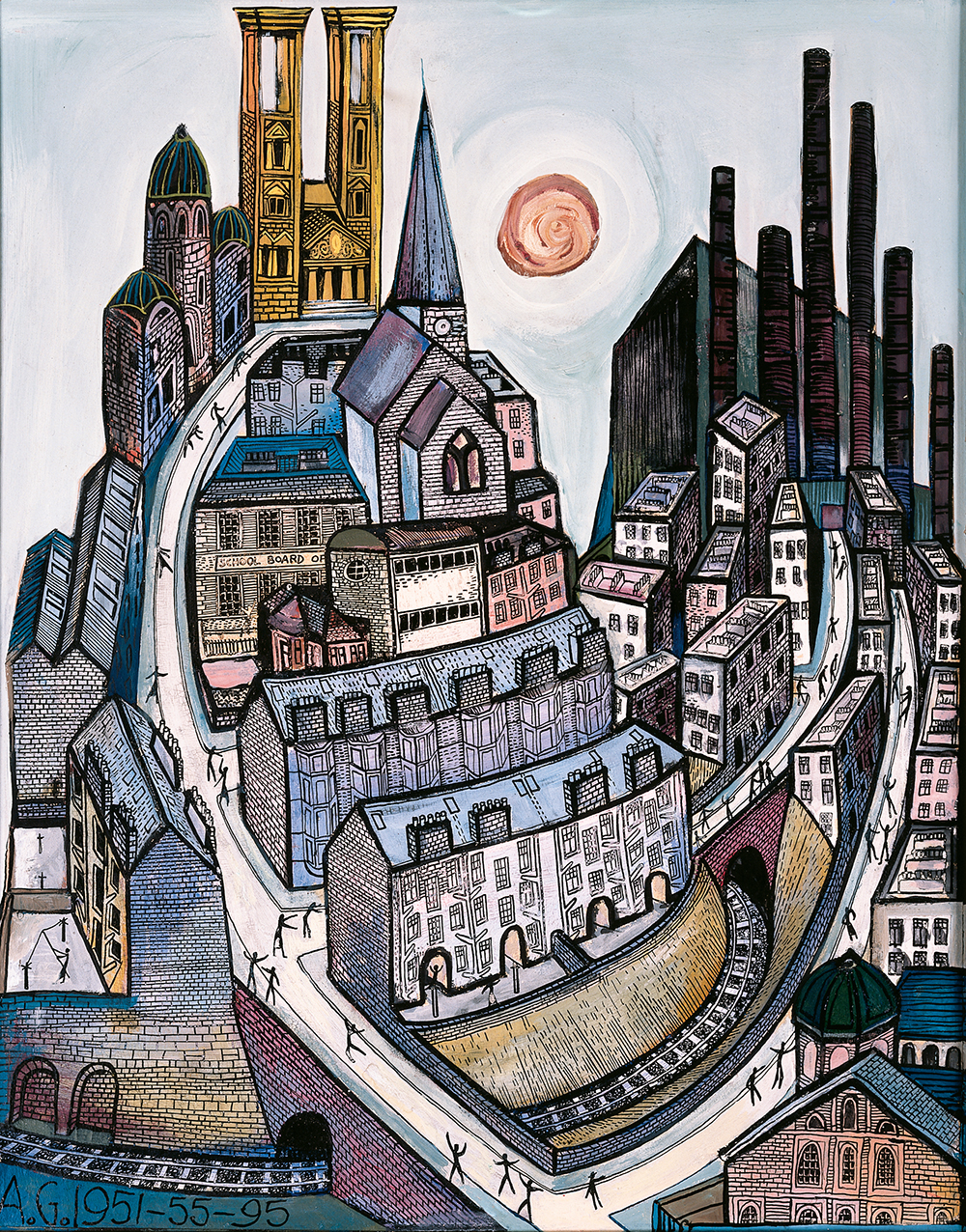
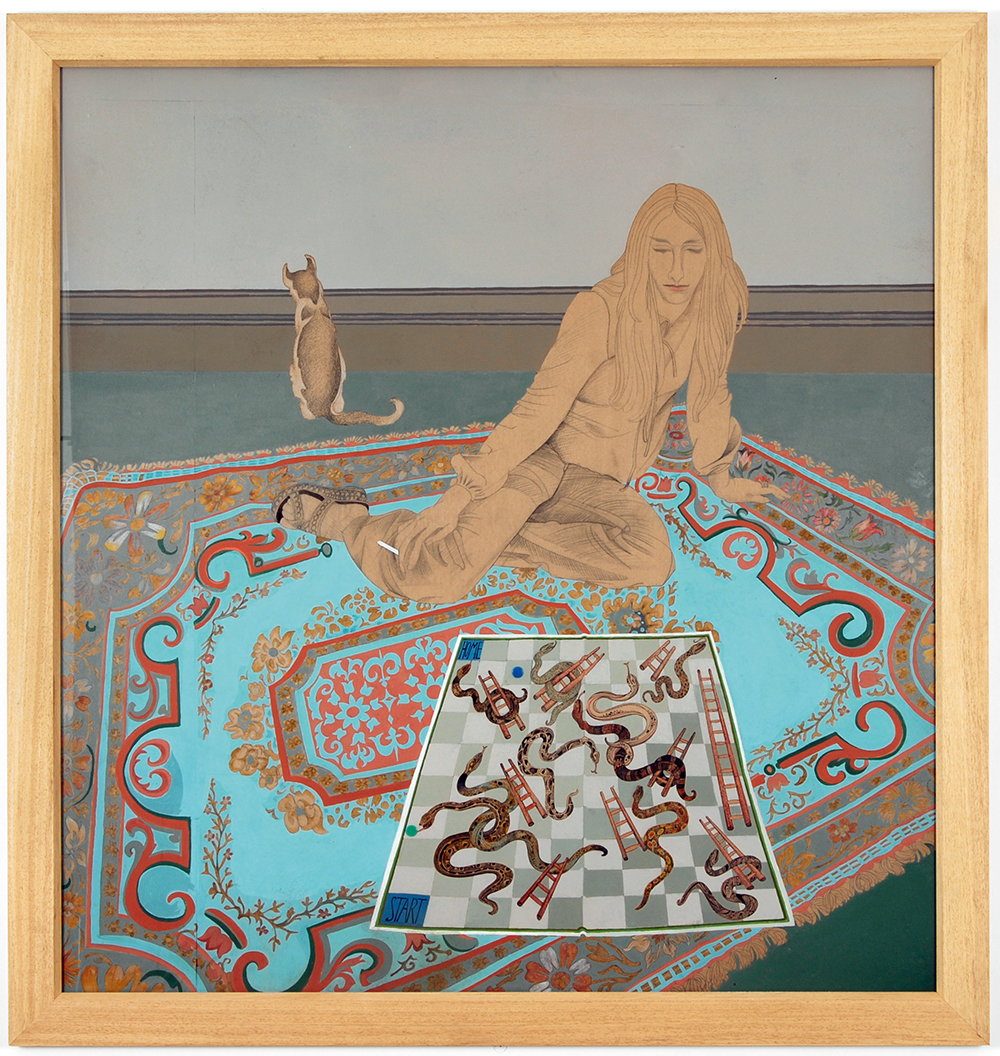
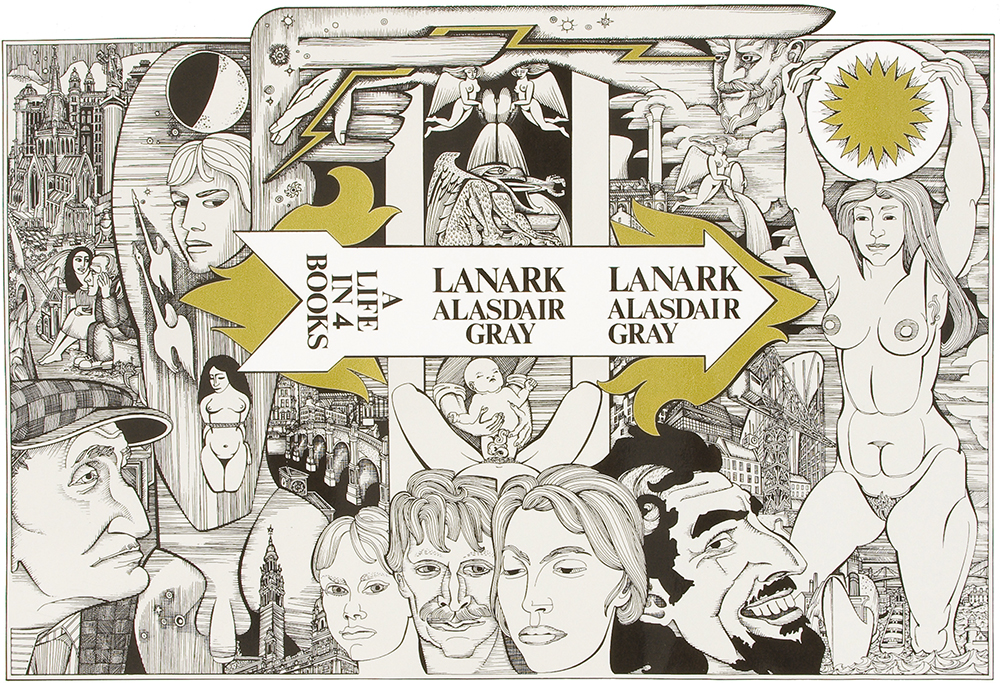

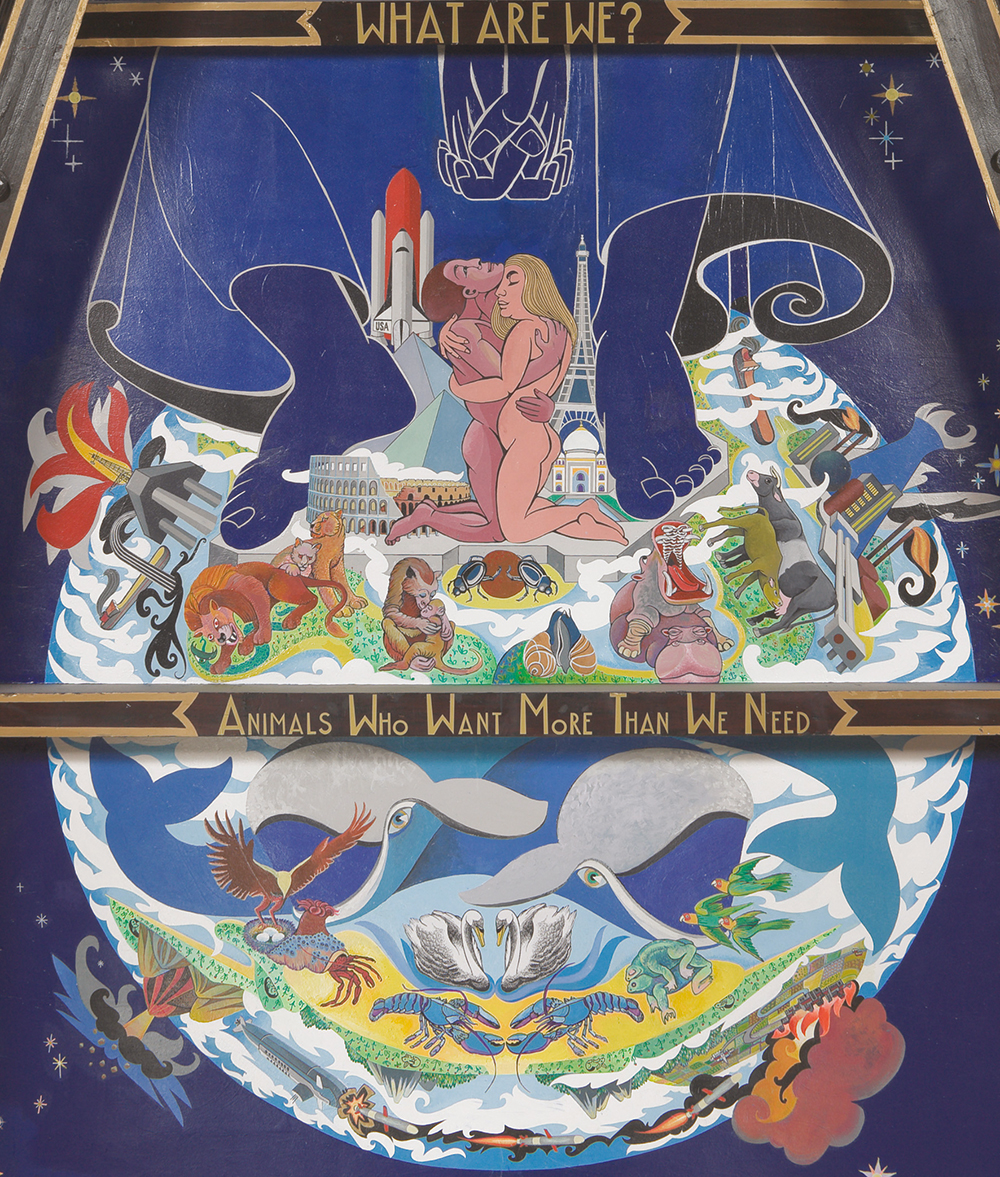

No comments:
Post a Comment